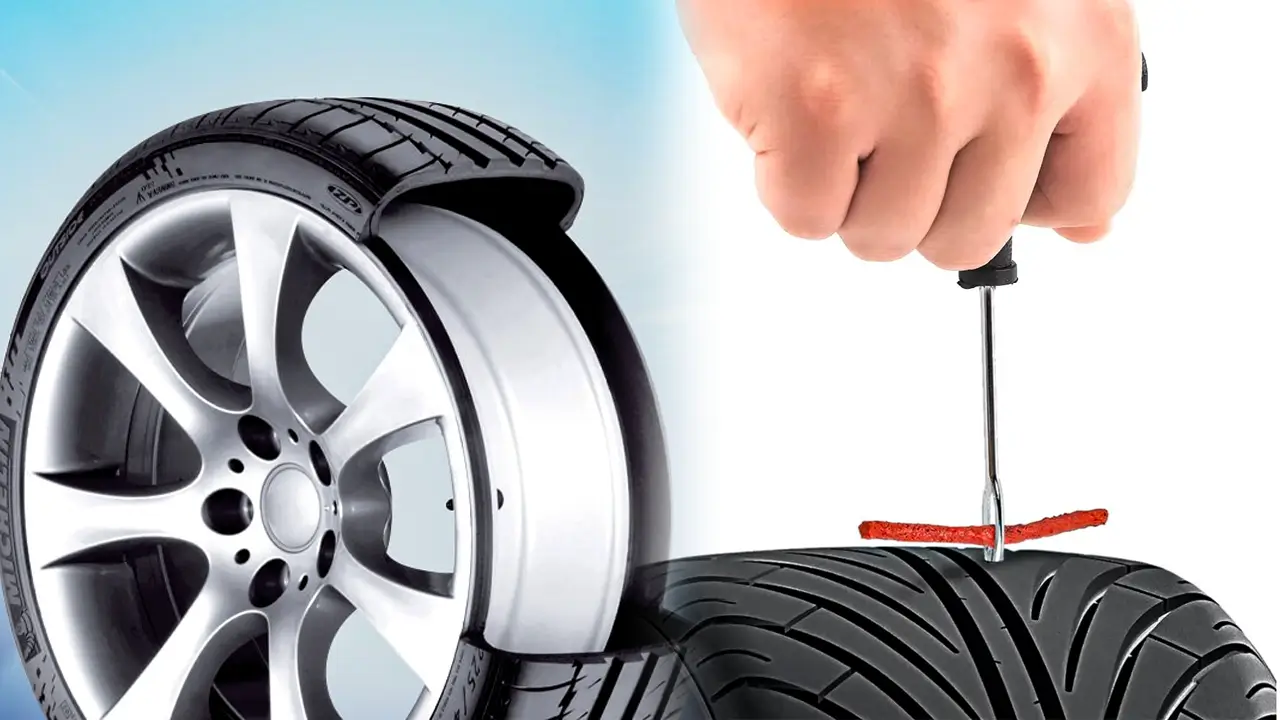Numerous factors, including driving behaviors, road conditions, tire care, vehicle type, tire quality, and environmental conditions, can affect the average life of a tubeless tire. Because of their sophisticated design, tubeless tires often have a longer lifespan than regular tube-type tires, but figuring out how long they will last is not as simple. The typical lifespan of a tubeless tire is between 30,000 and 60,000 miles (about 48,000 and 96,000 kilometers), though this might vary greatly depending on the previously listed factors. This comprehensive explanation will examine these elements, how they affect a tubeless tire’s longevity, and how drivers can extend tire life.
Tire Quality and Manufacturer Specifications
The quality of the tire is one of the most crucial elements in deciding how long a tubeless tire will last. The lifespan of tires made by reliable manufacturers with premium materials and contemporary technologies is generally less than that of less expensive, lower-quality alternatives. High-end brands make research and development investments to produce chemicals that improve wear resistance, extend performance, and increase durability.
A helpful recommendation for customers is the projected mileage rating that manufacturers frequently provide for their tires. High-performance tires, for example, might only last 40,000 miles, whereas all-season tires might last 60,000 miles or longer. These ratings, however, are predicated on good maintenance and optimal driving circumstances. It is imperative that these are approximations and that actual outcomes may differ.
Driving Habits
Vehicle operation affects the lifespan of tubeless tires. Tire wear by aggressive driving practices such as harsh braking, frequent high-speed driving, and fast acceleration and cornering. These driving habits increase the contact between the tire and the pavement, which causes the tire to heat up more quickly and wear down the tread more quickly.
Road Conditions
The longevity of your tubeless tires is also significantly influenced by the state of the roads you travel on. Tire life can prolonged by driving on smooth, well-kept roads with few potholes, debris, or sharp curves. Conversely, potholes, gravel, and debris-filled, uneven, rough roads can wear tires down excessively and shorten their lifespan.
Frequent usage of off-road or unpaved roads, with their rougher, more abrasive surfaces, can lead to wear on tubeless tires’ sidewalls and treads. In addition to exposing tires to sharp rocks, debris, and other objects that could puncture or damage them, off-road driving also shortens tire life.
Tread Depth and Tire Longevity
The tread depth of a tubeless tire is one of the most accurate indicators of how much life is in it. New tires typically have tread depths of 8 to 12 mm, depending on the type of tire. Reduced tread depth in tires with age causes traction loss and raises the possibility of hydroplaning on wet roads.
Because tires with less tread are no longer deemed safe for driving, the manufacturers advise replacing tires when the tread depth reaches approximately 2/32 of an inch (1.6 mm). When it’s time to change the tires, tread depth gauges can measure wear.
